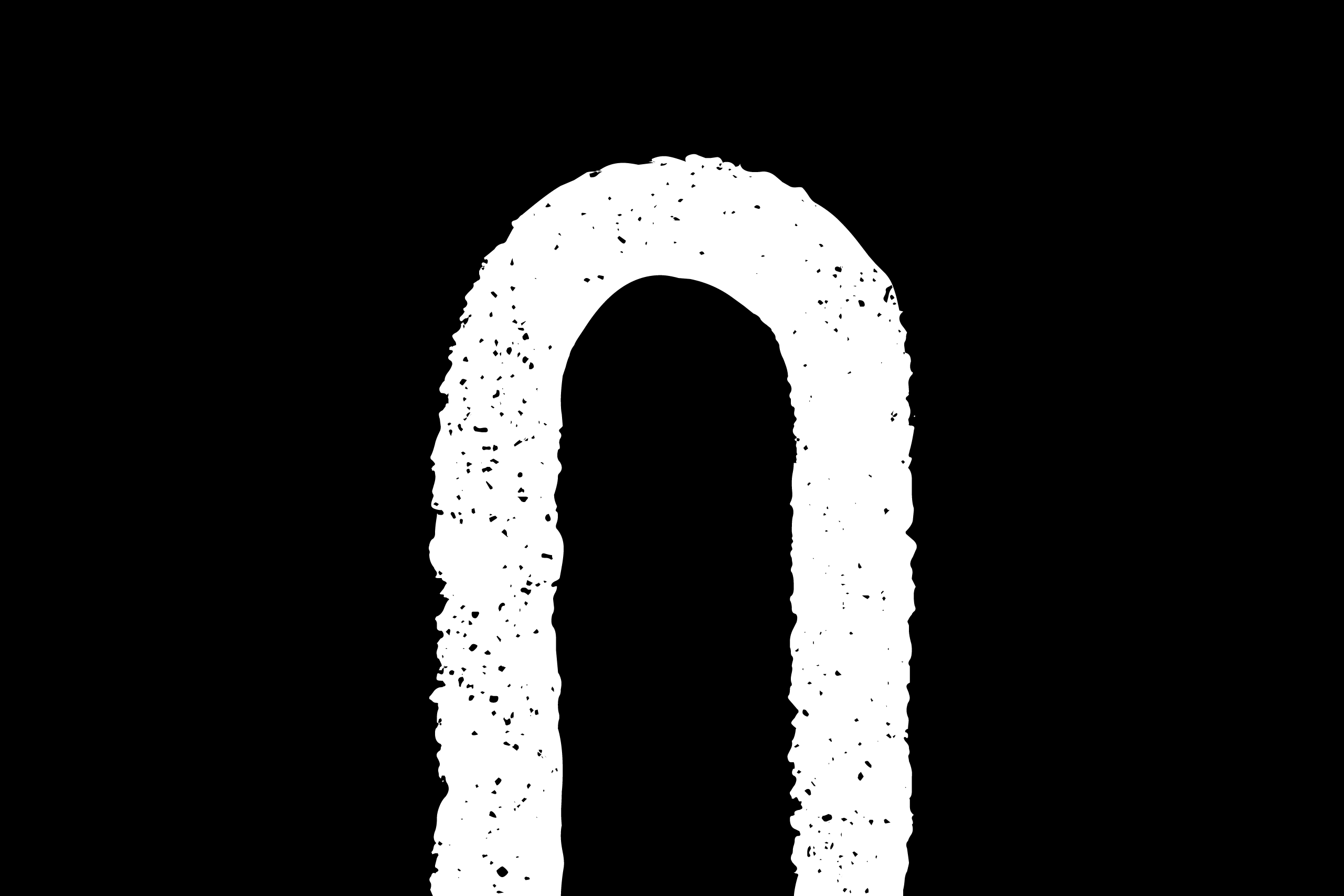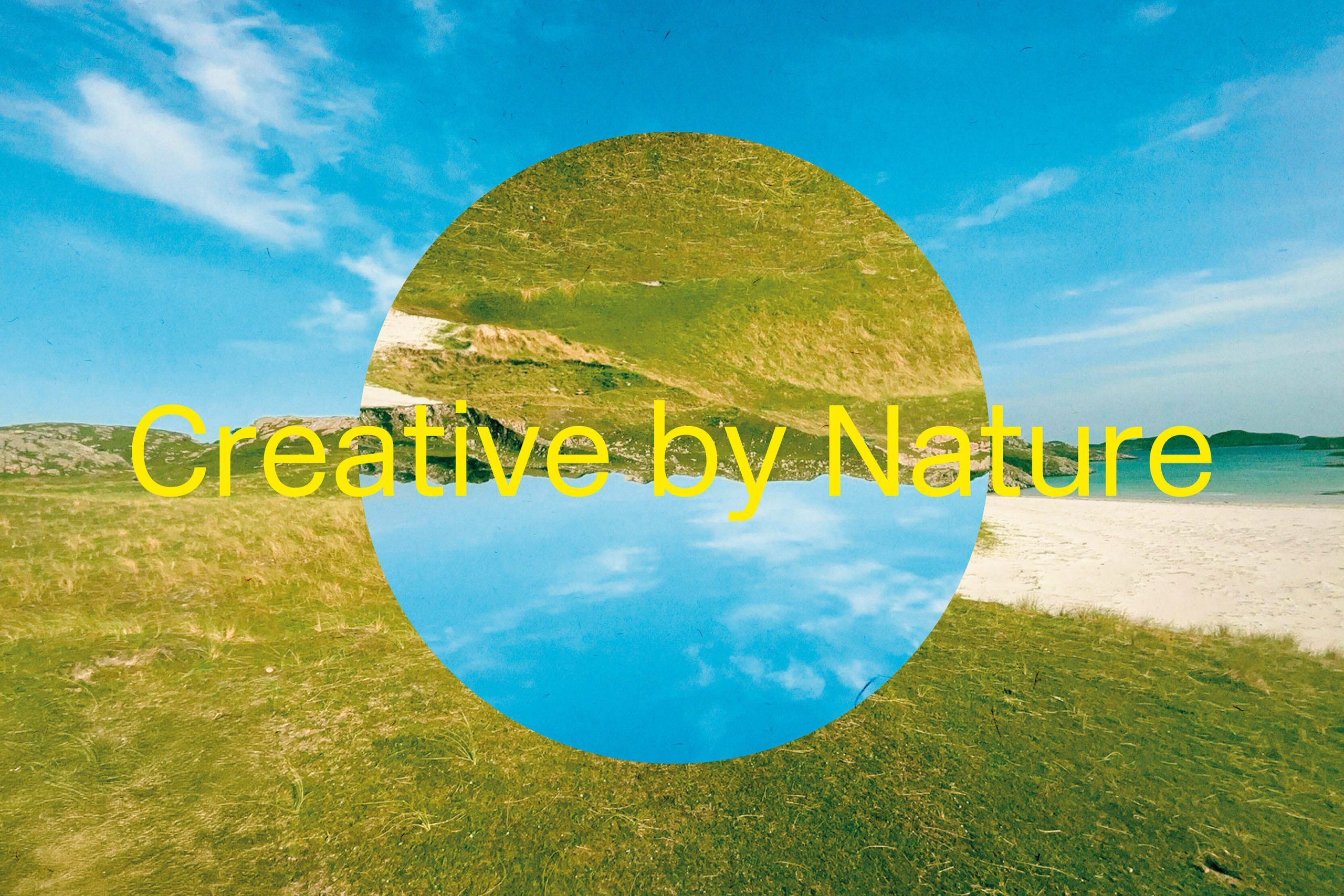Branding Architects and Kissing Giraffes
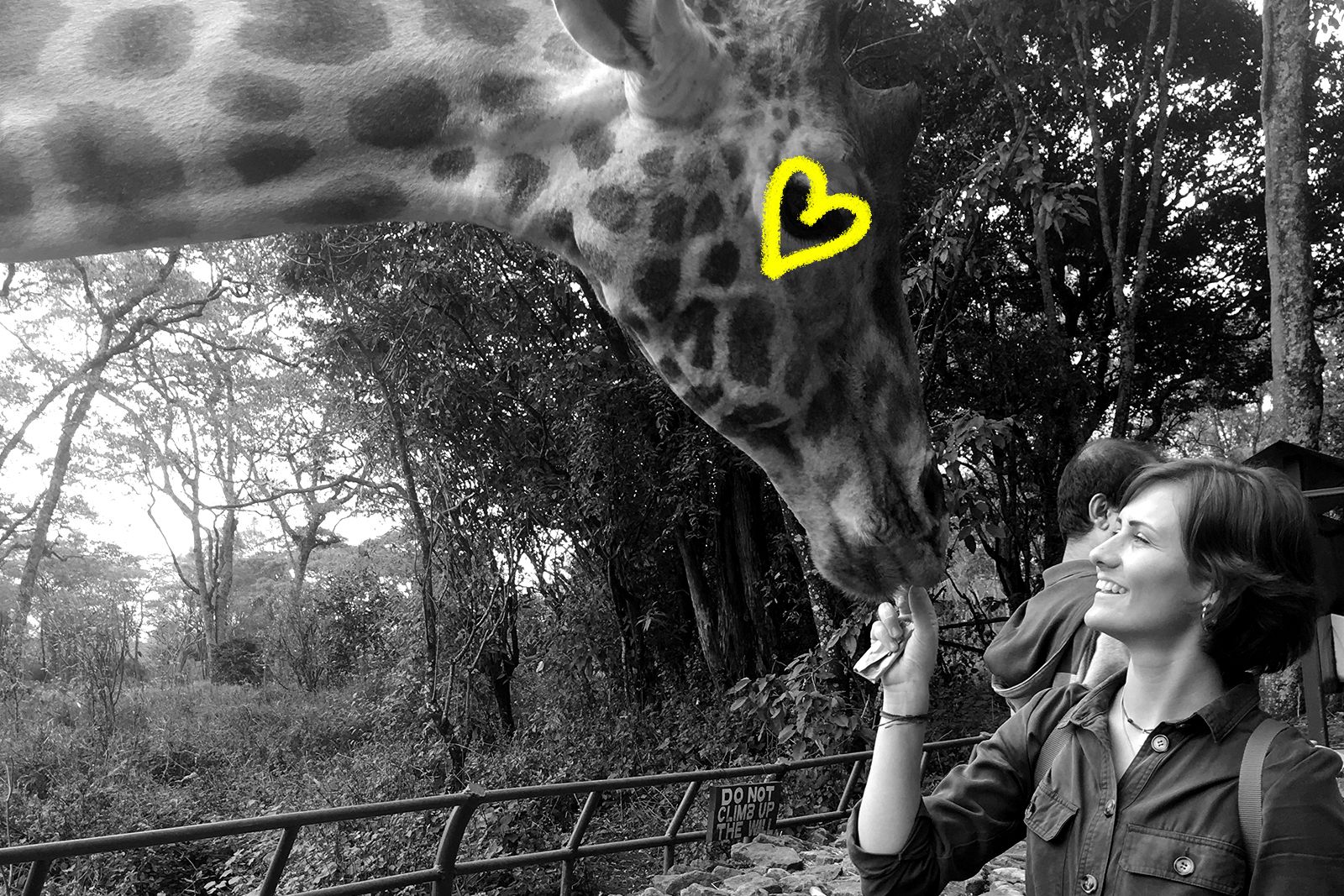
Kenya believe we were in Nairobi? We barely remember the busy blur that was 2019, but taking a lengthy Christmas break helped to clear our heads. In-between the fishing trips, beer work and design events I really did fit in a trip to Kenya. And yes, I really did kiss that giraffe.

That giraffe.
How did I find myself here? At the end of 2019, we crafted a brand identity for Nairobi-based architecture firm BuildX Studio (formerly Orkidstudio). We also designed a new identity for their sister organisation Buildher. They’re a social enterprise that empowers Kenyan women by providing them with accredited construction skills.
Before starting the project, we ran a series of workshops to build a foundation for the brand. We also wanted to identify how these two brands would work alongside one another. BuildX and Buildher are connected, but working out how that connection works visually was a complex design challenge.
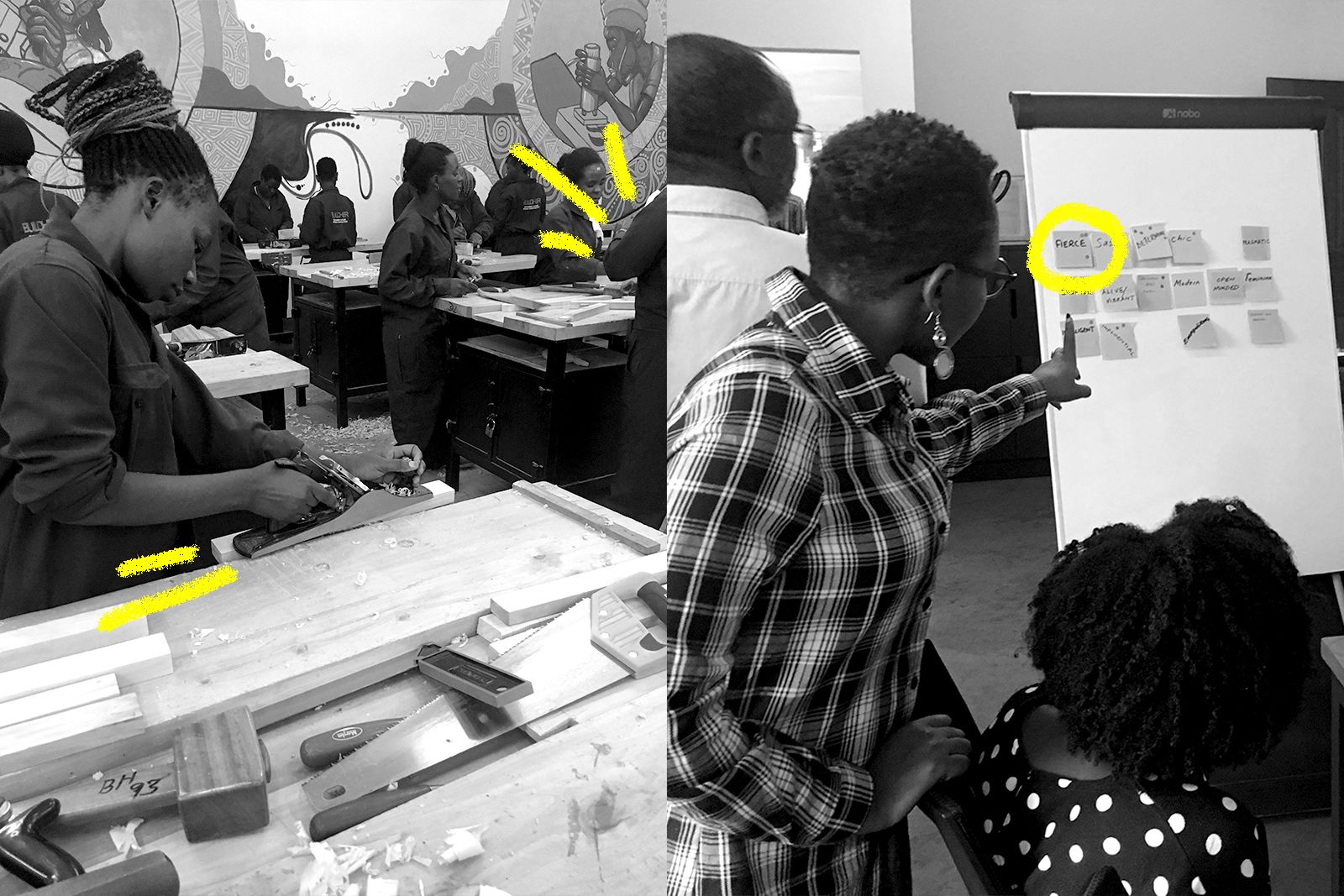 Alongside the BuildX and Buildher teams, O Street recognise the importance of getting ‘stuck in’ with a new client. To successfully brand an organisation, it’s vital to get a feel for the people behind the company and the projects they are working on. So at the end of September, we chose a designer to go to Kenya. And just like that, I was working out of Nairobi during the week and safariing on the weekend!
Alongside the BuildX and Buildher teams, O Street recognise the importance of getting ‘stuck in’ with a new client. To successfully brand an organisation, it’s vital to get a feel for the people behind the company and the projects they are working on. So at the end of September, we chose a designer to go to Kenya. And just like that, I was working out of Nairobi during the week and safariing on the weekend!

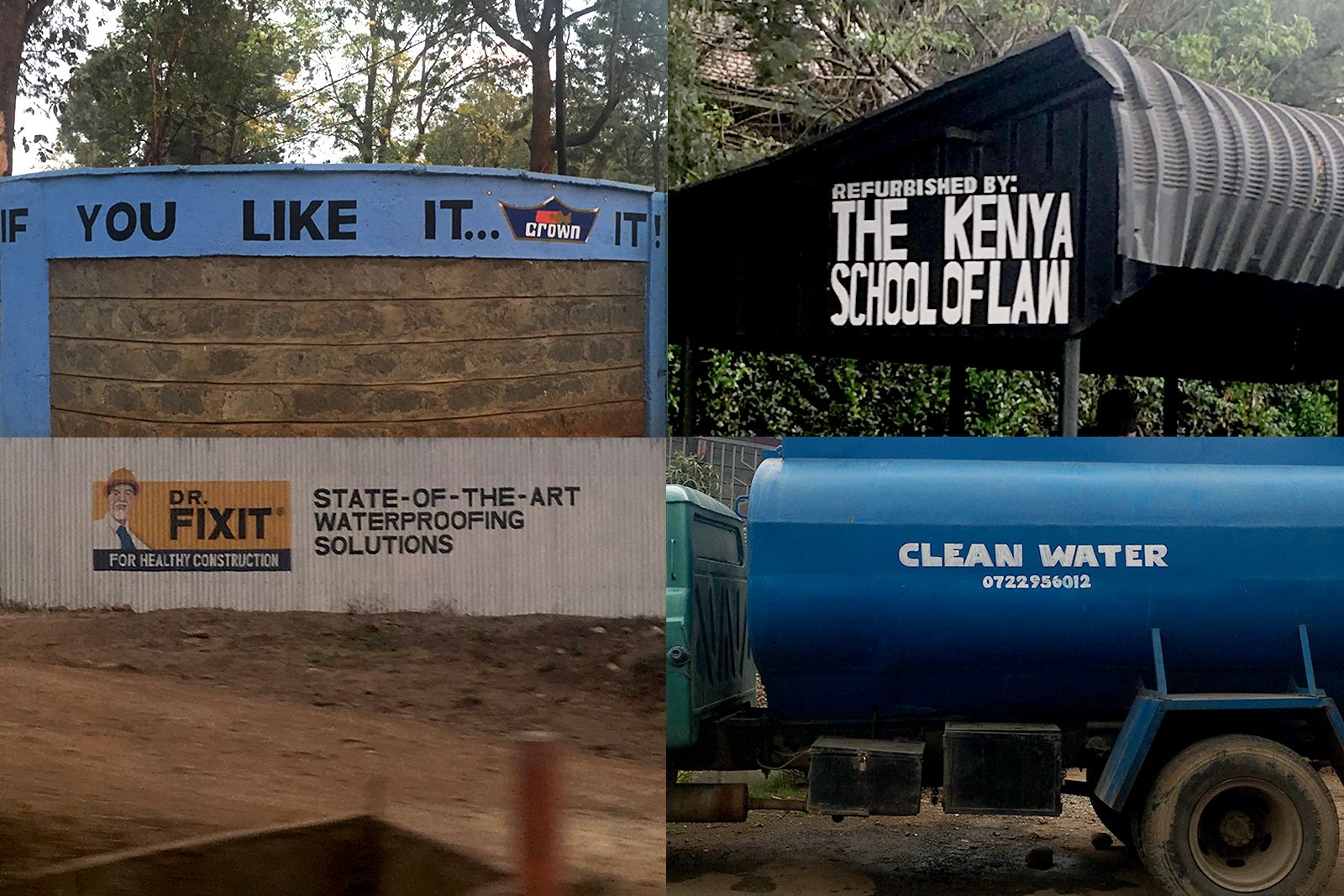
Evidence of me perfecting the art of snapping photos from a moving vehicle.
Of course, as I voyaged, I continued the O Street tradition of #otypesafari—hunting for typographic goodness. I was a kid in a candy shop upon discovering that nearly all of the signage in Nairobi is still hand-painted. It seems that skilled labour is more affordable than plastic vinyl alternatives. Casual signwriter ‘shops’ adorn the highways advertising their services. The result is a characterful array of shop fronts, signs and Matatus (wildly driven and decorated minibuses that service as taxis across the city).

Yes, that is a spoiler on the back of a bus.
The trip was a whirlwind experience and being fully immersed in the culture of both brands was the perfect way to kick off the project. It was also fun to join the ranks of O remote workers for a week. With a time difference of just plus two hours, it was surprisingly easy to keep up with the team. Continuing ongoing projects was a breeze. At the same time, I could recap the workshops I had run that morning, whilst the UK team were still getting their morning coffee!
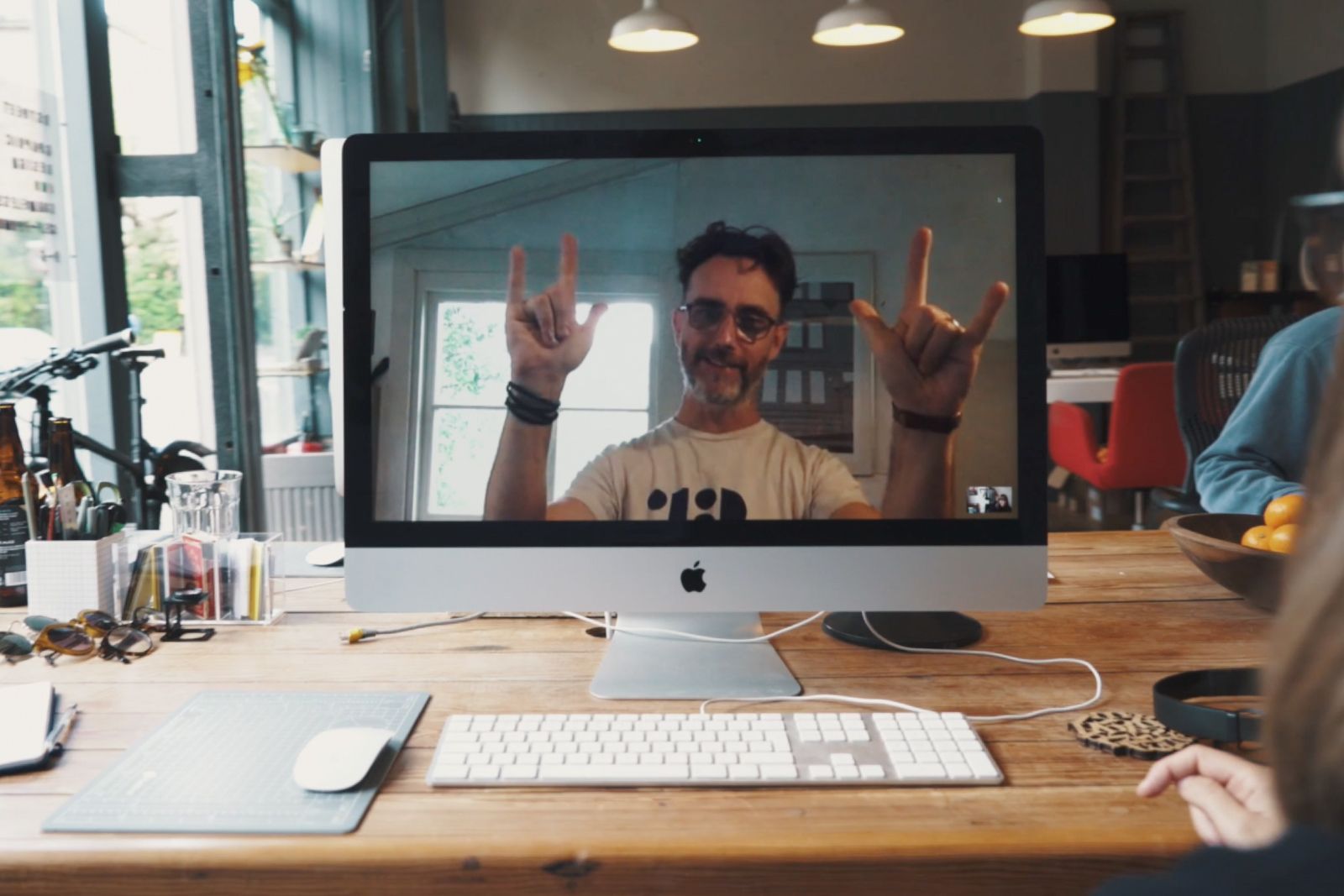 Here’s to 2020, when we’ll finally figure out how to make conference calls without the deafening sound of Neil making tea in the background.
Here’s to 2020, when we’ll finally figure out how to make conference calls without the deafening sound of Neil making tea in the background.
—Tessa
